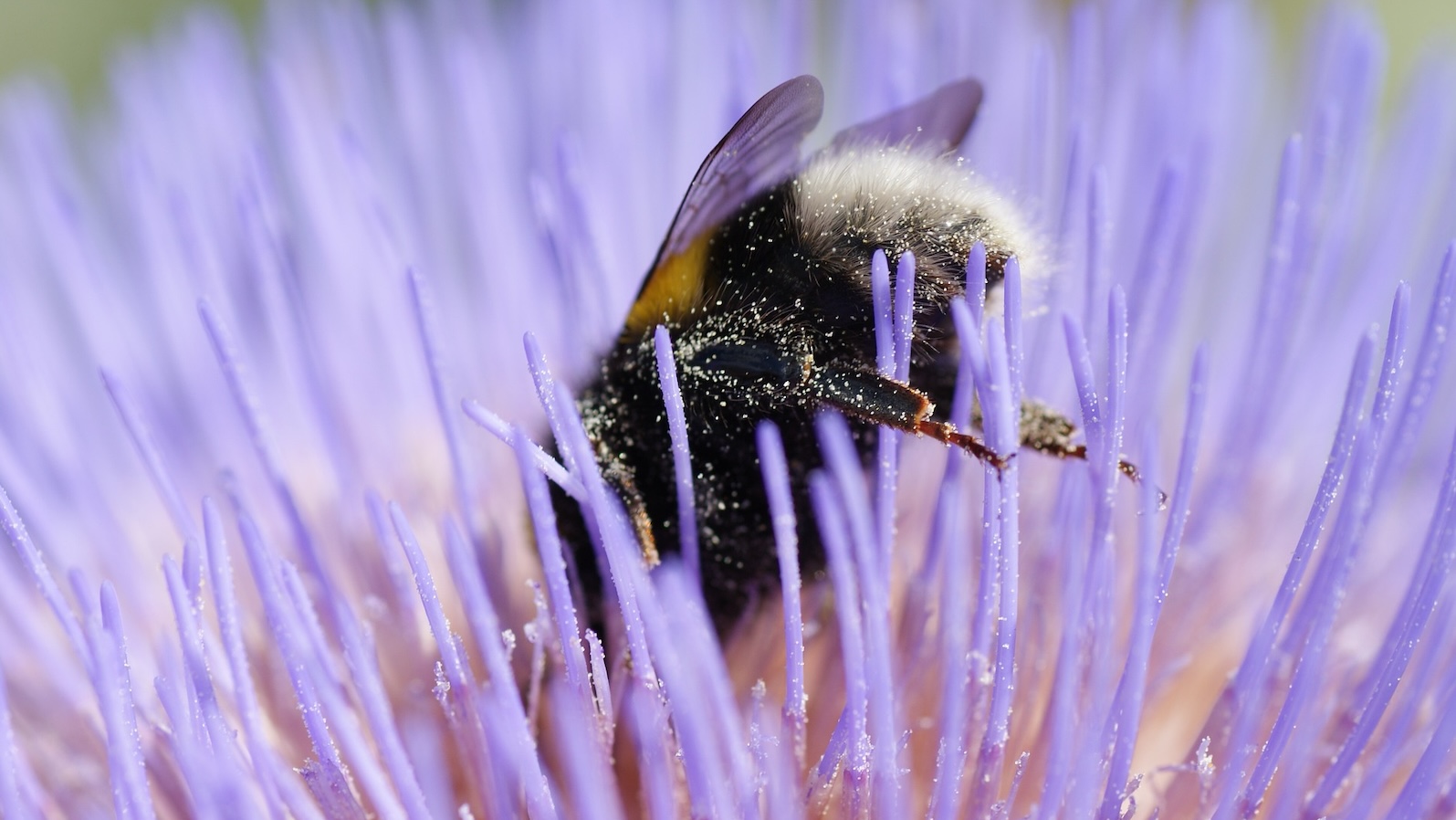
Tell the EPA to ban the worst uses of bee-killing neonics
To save the bees, we need to stop the widespread use of bee-killing pesticides.
Monitoring nature’s noises helps researchers measure the health and vibrancy of our environment. And it tells us that nature is hurting.
More than sixty years ago, Rachel Carson warned about a coming “silent spring” in which the sounds of nature disappear. No birds singing, no bees buzzing, no wolves howling, no…
Today, those who spend their time and energy listening to nature tell us that sounds are eerily disappearing across North America and the rest of the world.
Reefs were once a “cacophony” of sound. They’re far too quiet now.
Believe it or not, soils make their own sounds. But when pesticides and chemicals are applied, the dirt “becomes quiet.”
Check out the full article in The Guardian here.
Using microphones and more to detect nature’s sounds can help scientists understand and study the health of the environment. The data suggest that wildlife and ecosystems are hurting.
There’s something beautiful about dirt making its own symphony. And there’s something disturbing about it going quiet.
We’re working to save nature’s sounds.
How? Phasing out the most dangerous pesticides, halting the clear-cutting of old-growth forests, funding wildlife crossings over freeways, stopping oil and gas drilling in pristine landscapes, funding wildlife conservation efforts, creating marine sanctuaries in the ocean, and more.
To save the bees, we need to stop the widespread use of bee-killing pesticides.
Add Your Name
